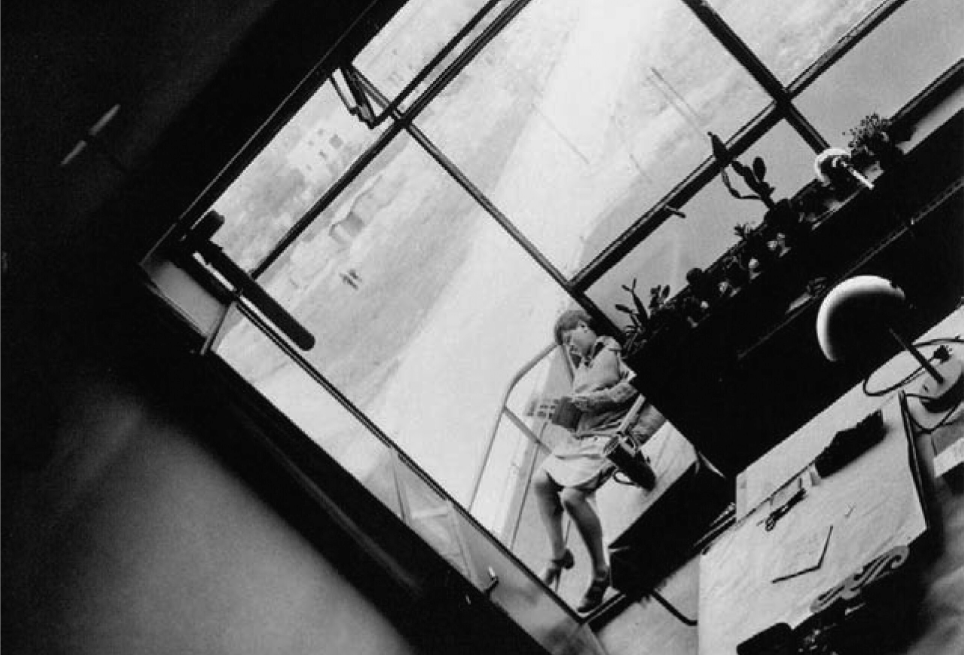
In the interwar period in Europe, cacti emerged as significant architectural devices that challenged traditional notions of architecture, offering an alternative understanding of the discipline while embodying the politics of their time. Investigating the overlooked prevalence of cacti in early modernist writings, photographs, artwork, and spaces, this paper reveals a European obsession with the desert plant in the early twentieth century that has been hidden in plain sight. The transmaterial entanglements of cacti with the architecture of the Bauhaus and its other human, vegetal, and material occupants forged a biochemical interspecies contract, signaling shifting attitudes toward gender inequities and industrialized labor. Celebrated for their machinic qualities, their mind-altering and time-bending chemical properties, and their sexual suggestiveness, many species of cacti—while objectified—were instrumental witnesses and silent provocateurs of the period, offering whimsical and exoticized additions to the modern aesthetic. They represented a different aesthetic realm coming from the desert, and spurred radical new imaginaries concerning gender, economics, and politics. Cacti emerged as trans-geographical agents, instrumentalized as both symbols of the modern environment in Europe and of the arid geographies from which they originated—shaping a new media ecology. Further, the ingestions of cactus-based chemicals in this period transformed the consciousness of early modernists, instigating lysergic experiences that challenged linear conceptions of time, fostering queer temporality and novel futurities. By examining the role of environmental elements in shaping architectural modernism, this paper suggests correspondences between the built environment and the natural world, offering a new perspective on a significant period in architectural history.
Continue reading:






